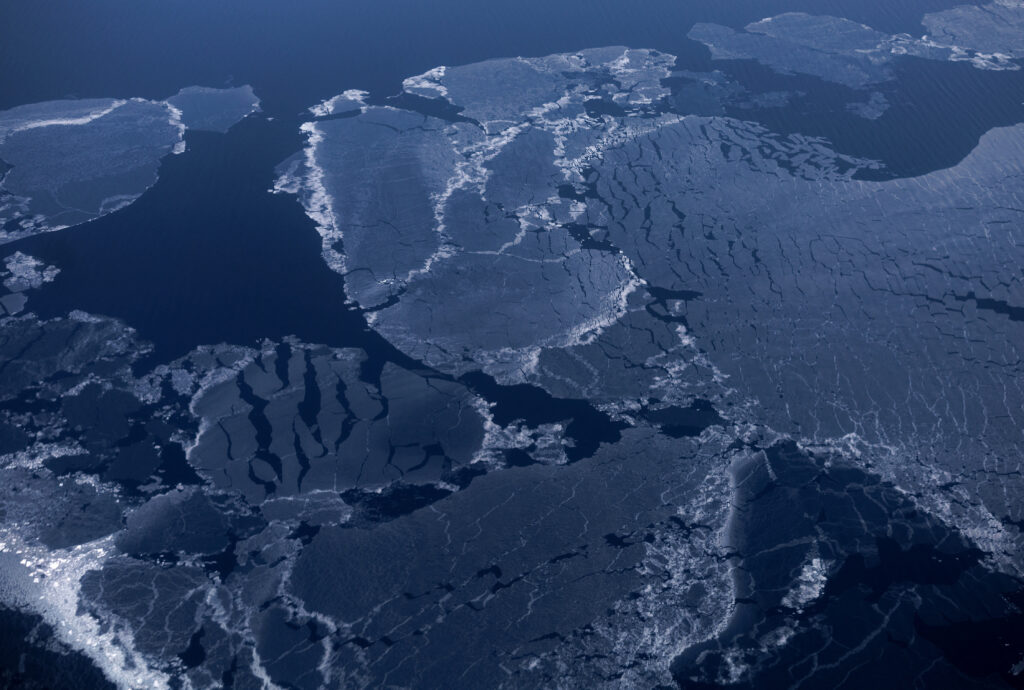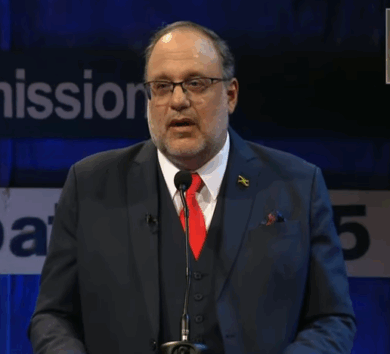

GENEVA (Reuters)
The world is expected to experience more record temperatures over the next five years, with Arctic warming predicted at more than three times the global average, a new report by the United Nations’ weather agency said on Wednesday (May 28).
There is an 80 per cent chance that at least one of the next five years will see record heat, with a high likelihood that average warming will exceed 1.5 degrees Celsius above pre-industrial levels, according to the report by the World Meteorological Organization (WMO).
Last year, the hottest year on record, saw the first breach of the 2015 Paris climate agreement, which committed countries to avoid global warming of more than 1.5°C.
From this year until the end of 2029, the mean near-surface temperature globally is forecast to be between 1.2°C and 1.9°C higher than pre-industrial levels of the years 1850-1900, the WMO said, adding that this would fuel more extreme weather.
“Every additional fraction of a degree of warming drives more harmful heatwaves, extreme rainfall events, intense droughts, melting of ice sheets, sea ice, and glaciers, heating of the ocean, and rising sea levels,” it said in a statement.
In the Arctic, the above-average projected warming will accelerate ice melt in the Arctic and northwest Pacific Ocean.
The report said Arctic warming was predicted to be more than three-and-a-half times the global average, at 2.4°C above the average temperature during the most recent 30-year baseline period over the next five winters.
Overall global temperatures will remain at or near record levels until the end of the decade, the WMO report said.
Above-average rainfall is forecast in parts of the world, including the Sahel, northern Europe, Alaska and northern Siberia, for the months between May and September between 2025 and 2029, while drier-than-average conditions are foreseen this season over the Amazon, according to the weather agency.






Comments